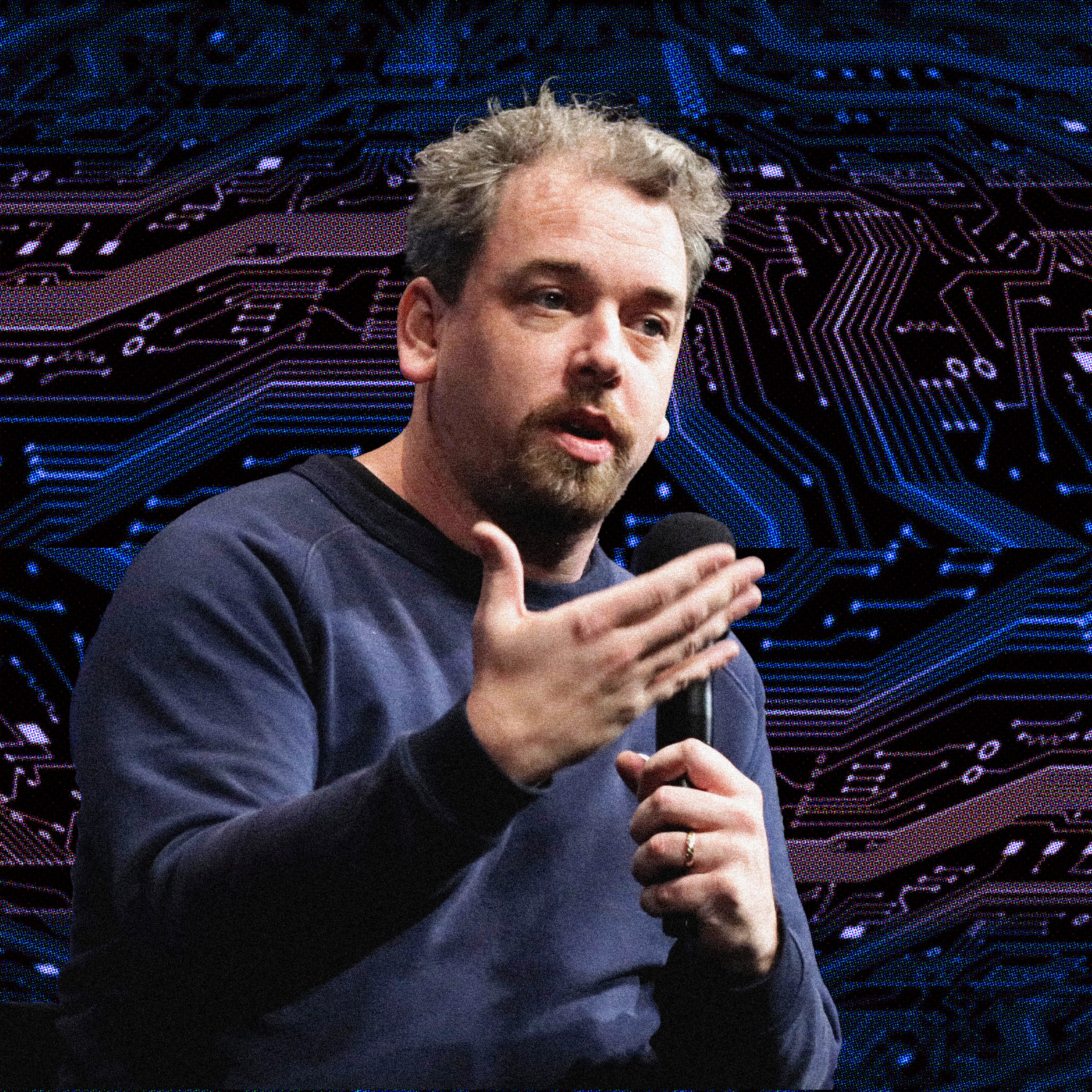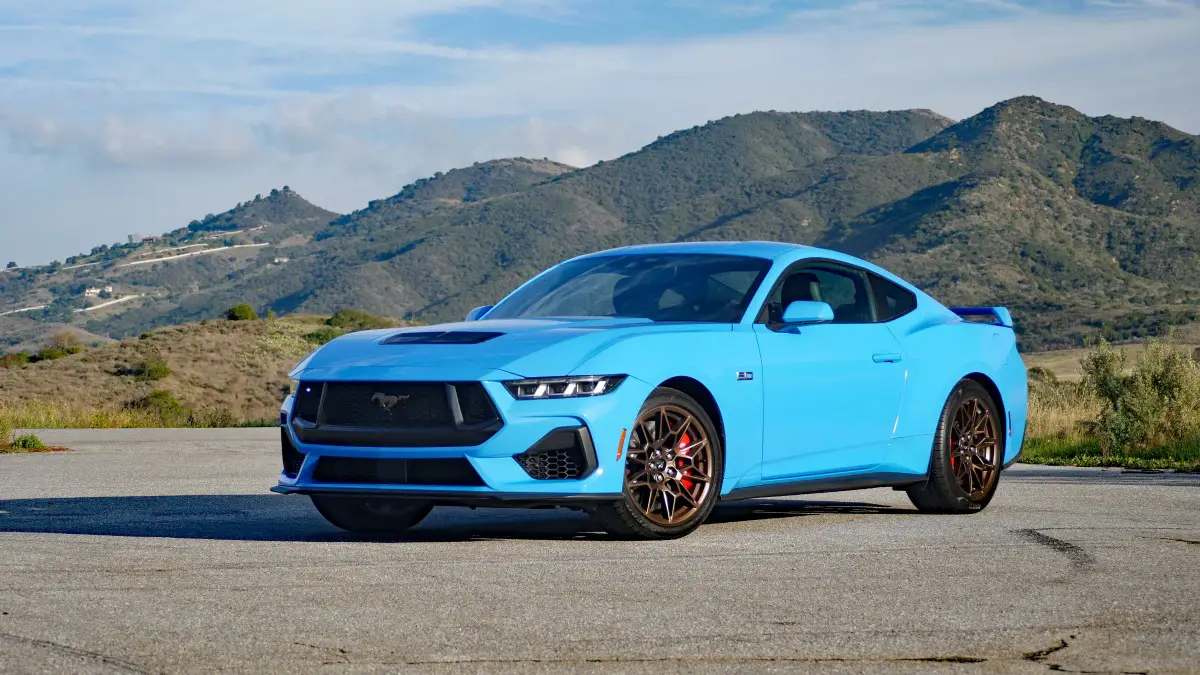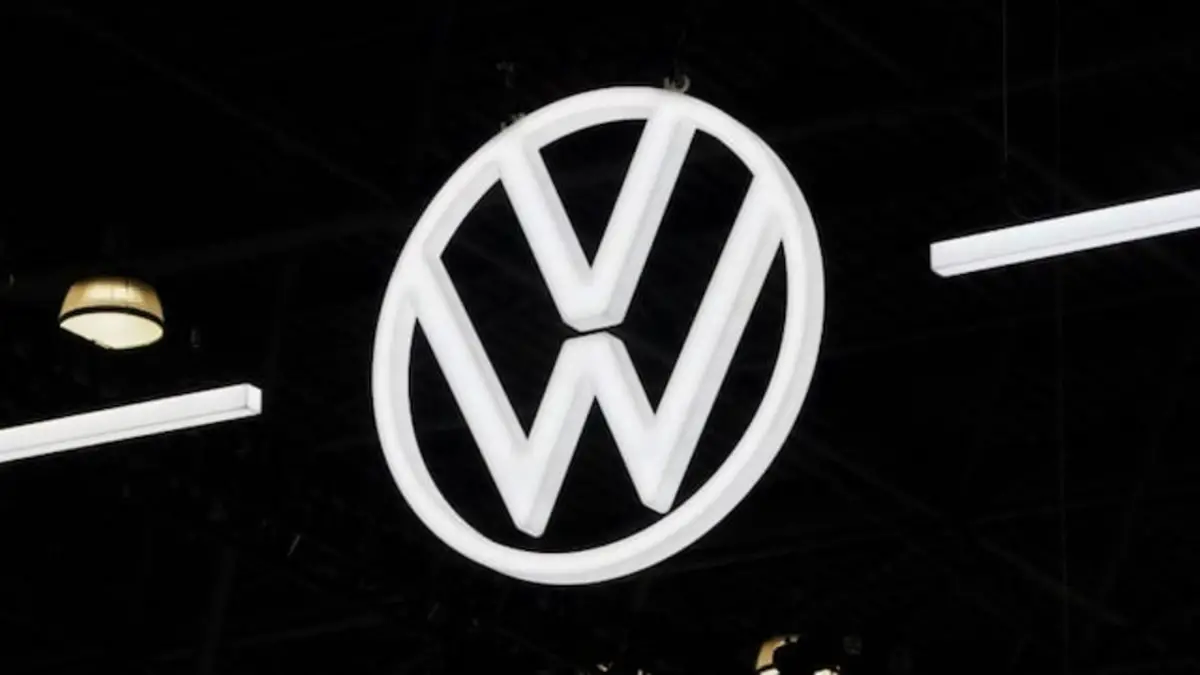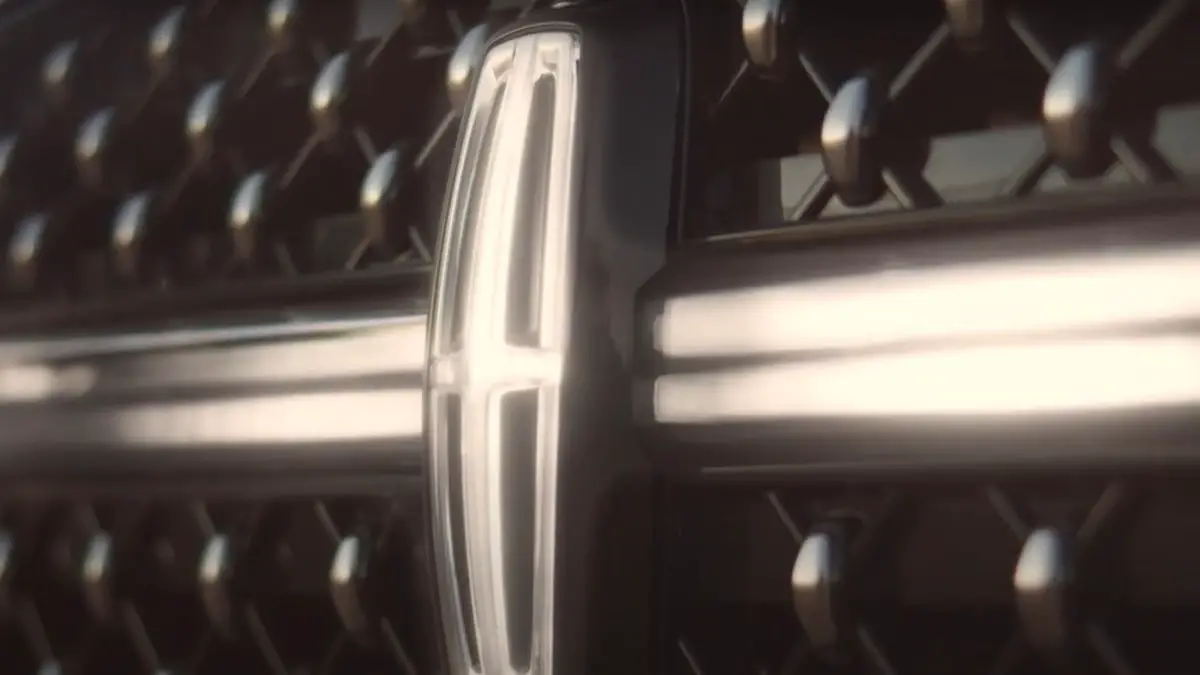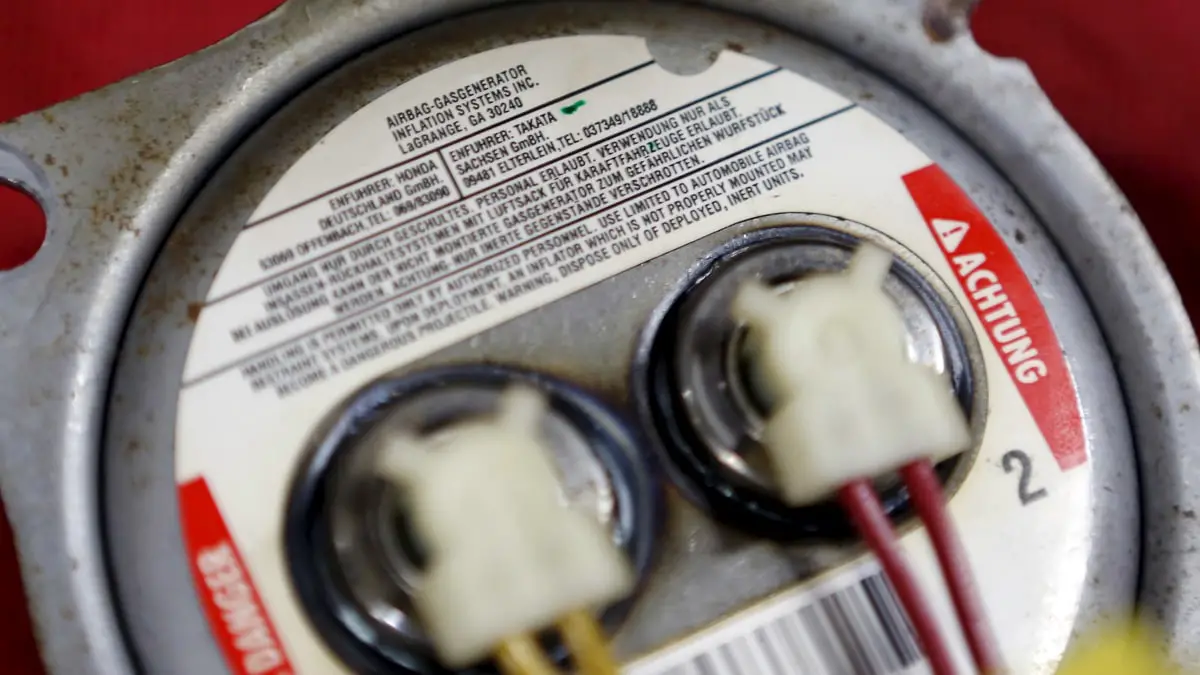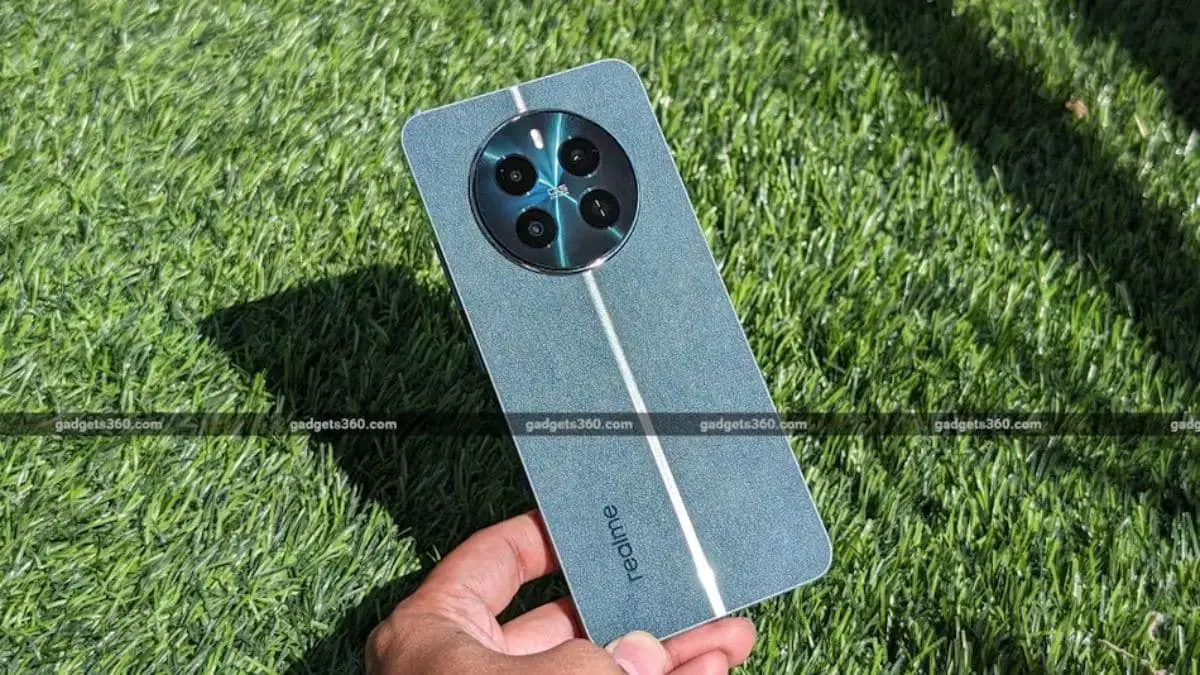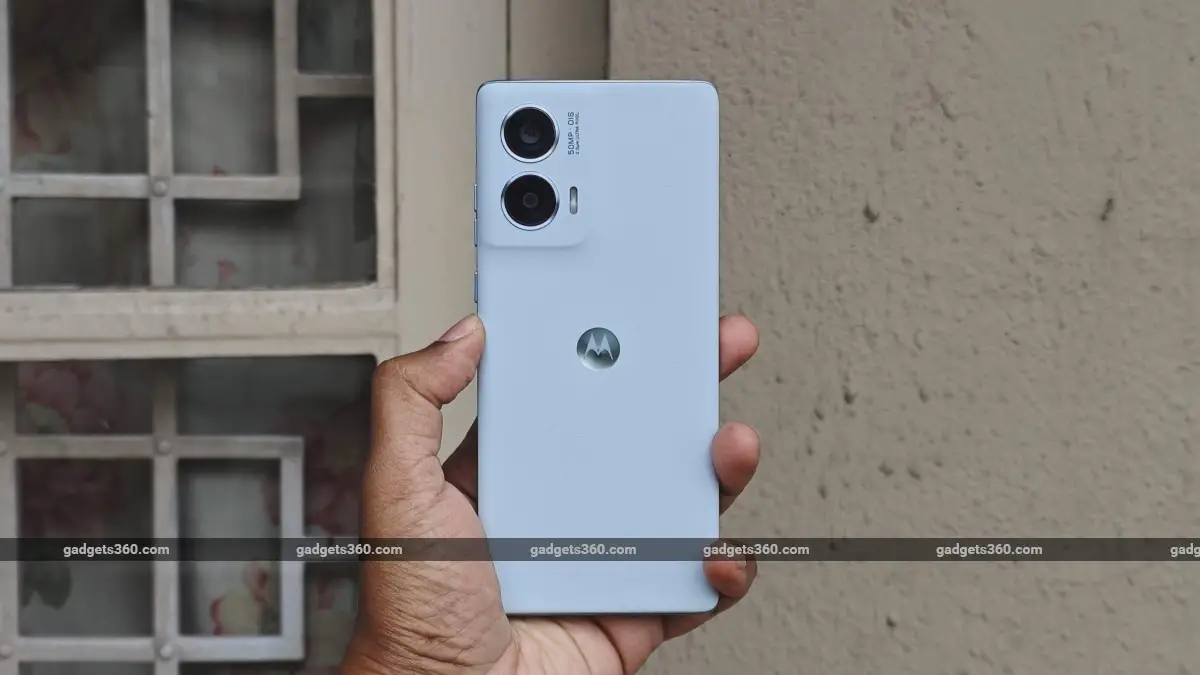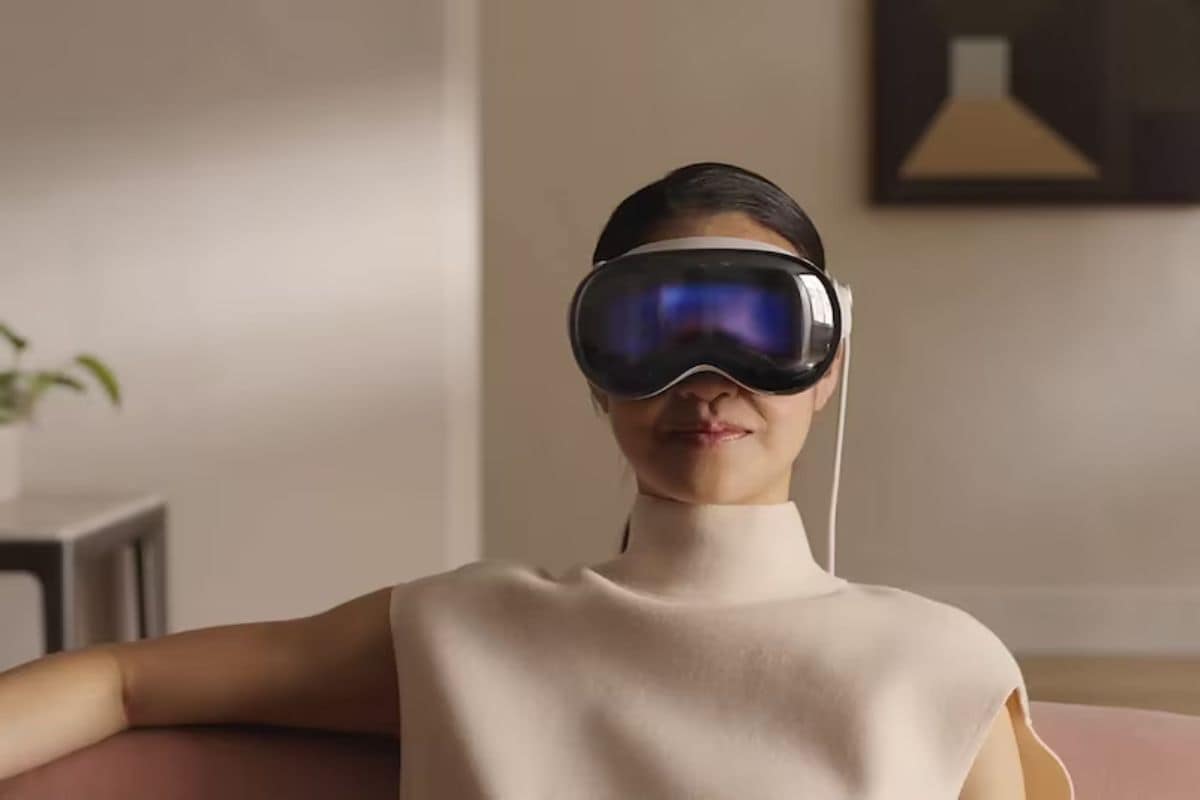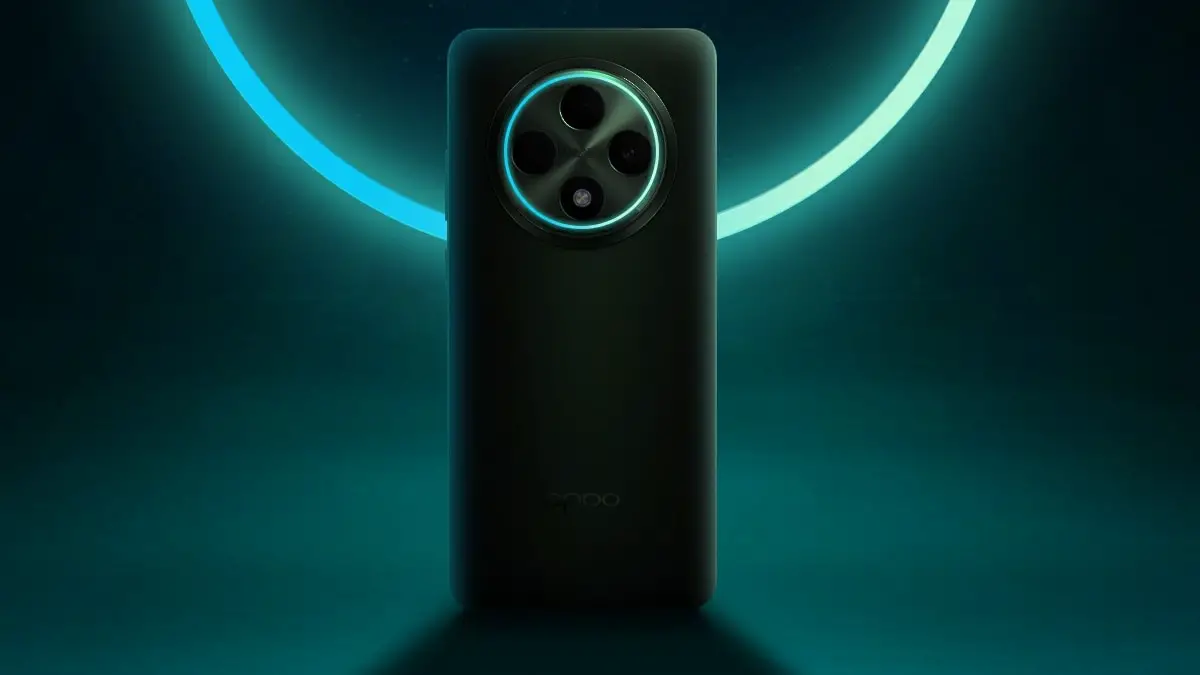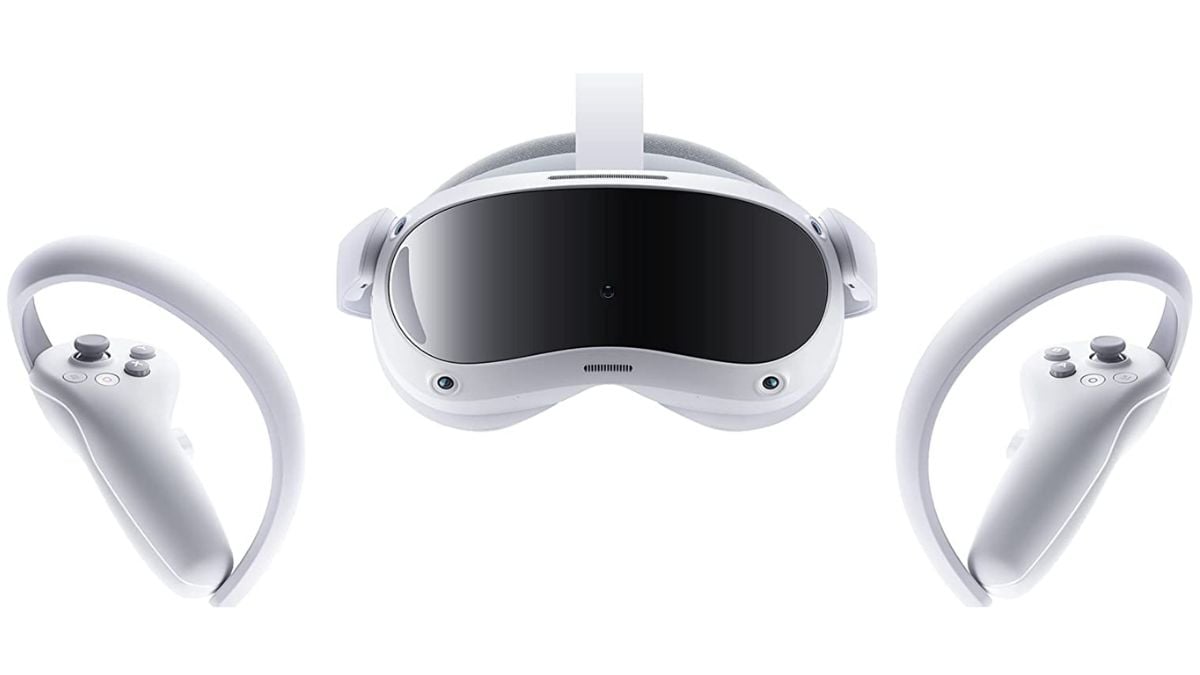Mike Rianda’s debut feature, the sci-fi comedy The Mitchells vs. the Machines, is about a family of misfits battling an AI, unleashed by a Silicon Valley tech company, that wants to eliminate humans. The movie was a critical and commercial hit when it dropped on Netflix in 2021, becoming the streamer’s most-watched animated movie at the time. Its themes, Rianda knows, have grown only more resonant since.
“It’s ironic,” Rianda tells me, “now we have to do that for real. Now we’re the ragtag group that has to fight back against AI.”
That’s because on Monday, the Animation Guild, of which Rianda is a member, begins negotiations with the Alliance of Motion Picture and Television Producers, the group that represents the major Hollywood studios and the entertainment industry, to bargain their next contract. You might recall the AMPTP as the screenwriters’ and actors’ opposition in last years’ strikes—the group pushing to grant studios the maximum leeway in using AI in film and TV.
Some animation workers—a group that includes storyboarders, artists, producers, writers, and cartoonists—view this negotiation as nothing less than the fight of their lives. A number of major animation studios have voiced their intention to embrace AI, and some, like Netflix, are already using it in a range of different contexts.
“We know that the animation industry is specifically vulnerable to AI,” says Julia Prescott, a screenwriter and comedian who has worked for Nickelodeon and the Cartoon Network. “More so than live-action production.” Companies like Disney and Netflix have vast stores of images and data that can be used to train large language and diffusion models; jobs at every step of the production process from voice acting to storyboarding, workers fear, are at risk of being automated.
Studio heads have given animators ample reason to worry. DreamWorks cofounder Jeffrey Katzenberg made headlines last year when he said that AI could probably eliminate 90 percent of the jobs required to produce animated features. “In the good old days, when I made an animated movie, it took 500 artists five years to make a world-class animated movie,” Katzenberg said at the Bloomberg New Economy Forum. “I think it won’t take 10 percent of that. Literally, I don’t think it will take 10 percent of that three years out from now.”
More recently, Netflix co-CEO Ted Sarandos said on an earnings call, “I think that AI is going to generate a great set of creator tools, a great way for creators to tell better stories.” In early 2023, the company drew the ire of artists when it used AI-generated background art in an anime short; Netflix Japan said it had done so because of a “labor shortage.” This April, the studio caught flack after a Futurism article alleged AI-generated images had been used in a true crime documentary. (The film’s producer denied the use of AI.)
When Moonbug, the studio that produces the ultrapopular kids show CoComelon, laid off staff amid soaring viewership numbers, rumors swirled that its purported decision to experiment with AI was partly to blame. (Moonbug did not immediately respond to a request for comment.)
As is the case in the video game industry, statistics about AI adoption and its impacts on jobs are few and far between—management rarely announces its intent to replace workers with AI in a memo; the process is complex, and often obfuscated by other factors. But there is an undeniable sense among the dozen or so animation workers I spoke to for this story that AI is the threat to their livelihoods.
Nora Meek, a storyboard artist and writer, says she and her colleagues rank AI “extremely high” as a concern. “Over getting better wages, over maintaining their health care, members know that if we don’t gain strong collective protections around the use of AI, we risk losing it all,” Meek says.
The animators do have some leverage. Two of the three biggest films of the year so far have been animated features: Inside Out 2, which has grossed nearly $1.6 billion so far, and Despicable Me 4. A string of others, including If, Garfield, and Kung Fu Panda 4, also punched far above their weight in 2024. Their dominance was enough to draw headlines like “Animated Films Are Helping Save Hollywood” in a year where many live-action films didn’t meet expectations at the box office. It’s a wildly profitable industry, in other words, and one that doesn’t always get the same level of respect as the rest of Hollywood.
That, Rianda says, is sort of what radicalized him in the first place. When he worked at Sony, he sat next to the printer that used to ink corporate memoranda—so he saw printouts listing executive salaries. “Because I sat next to the printer, I would see how much everyone at the studio got paid,” he says. “I was like, ‘This fucking guy is making $3 million a year and I’m making $10,000 or whatever.’”
I’d met Rianda outside the glassy, V-shaped Netflix Animation headquarters in Burbank, which, like so many offices in Southern California, blends somewhat seamlessly into a strip mall. We trekked through the interlocking parking lots and the blistering inland heat to a burger joint, where Rianda spoke about iniquities in the industry, the brewing fight with the studios, and his anxieties and anger at what AI stands to do to his profession.
Rianda is a bit like one of his Mitchells characters—big-hearted, manic, and occasionally righteous—just more profane than the Motion Picture Association would ever let into a PG film. “It’s hard to draw the line sometimes because I think animators are so humble,” Rianda says. “They’re like, ‘I just draw the pictures.’ I’m like, ‘I don’t know man, they just made a billion dollars off the fucking Minions. If you drew the first Minion you should at least get $500 million,’” Rianda says with a laugh. “The guy who’s making all the money didn’t draw the Minion.”
Rianda has barely touched his food. He’s been talking about his colleagues, who are overworked and underpaid, even while working for some of the biggest studios in the industry. “Honestly, seeing what people got paid is a big motivator because it shows you how unfair the system is,” he says.
If he’s incensed about the pay disparities, then he considers AI something more akin to an existential crisis, and he has for years. It’s baked into the firmament of Mitchells, which depicts an aggrieved AI product, called PAL, turning on its reckless and apathetic human creators and users, imprisoning them one by one.
“I have been concerned about this for a long time,” Rianda says. Mitchells took seven years to make, and even when he began writing the script, he was worried, more generally, about the rise of automation. He found himself reading about AI with growing fervor. “I was like, ‘OK. OK. Holy shit. Holy Jesus Christ,’” he says. “I think most families were like, ‘Hey, fun and games.’ To me I’m like, ‘Listen children. This shit is coming and you’ve got to fight.’”
Now that shit has come, so to speak. Rianda is convinced that executives are quite serious about using AI to cut jobs and save on labor costs as soon as they can. “Having a little bit of a vantage point of being in rooms with executives,” he says, “[I’ve heard] comments like, ‘Look, in future, I really do think it could literally just take half the jobs and say, good-bye.’”
The Animation Guild (TAG) spent much of 2023 studying AI’s impact on jobs, forming a task force dedicated to analyzing AI in animation, watching the way that AI took a central role in the Writers Guild of America (WGA) and Screen Actors Guild–American Federation of Television and Radio Artists (SAG-AFTRA) strikes, and meeting with experts at organizations like the AI Now Institute. (Full disclosure: This writer is a journalist in residence at AI Now.) It is, however, much smaller—with just three full-time staff members compared to the scores that support the WGA. Rianda is pushing TAG to take AI protections as seriously as possible—there was disappointment in some of the ranks after a recent International Alliance of Theatrical Stage Employees contract didn’t go as far as some illustrators hoped. (IATSE is the parent union of the Animation Guild.)
And Rianda doesn’t think it matters much if the AI is any good or not. “They’ll profit for two years until the bottom falls out and everyone’s like, ‘This is horseshit.’ But by then, it’s too late. The job’s already gone. They’re not going to be like, ‘Oh, you know what, let’s go back to the old way and pay everyone super fairly.’”
So Rianda has become one of the most recognizable faces in the push for protections against AI in his industry, joining TAG’s organizing committee, reaching out to colleagues to get involved, and lighting up Twitter with proclamations like: “My opinion is that the standard should be studios cannot replace a SINGLE artist with AI. Period. Without that, AI will start replacing ‘small jobs’ + will begin to hollow out our industry one job at a time.”
On Saturday, the guild held a Stand With Animation rally in Burbank. Hundreds, if not thousands, of animation workers gathered in the parking lot of IATSE Local 80, toting signs that were, fittingly, well drawn and framed, featuring characters like Bender from Futurama and Bob from Bob’s Burgers, with slogans like “AI Can’t Replace Artists” and “Leave Animation to the Humans (Because AI Can’t Do It).” Anti-AI sentiment was easily the predominant trend.
When I interviewed writers and actors at the picket lines of the WGA and SAG-AFTRA strikes last year, there was a mix of sentiment around AI, which, while largely negative, encompassed anxiety, uncertainty, equivocation, and anger.
The crowd in Burbank was the most uniformly and passionately anti-AI I’ve ever witnessed. Asked for his thoughts on how AI was impacting his industry, one animator said, “AI can fuck right off.” I asked the storyboard artists Lindsey Castro and Brittany McCarthy for their thoughts on AI, and both simply booed.
A year after the WGA strikes, AI was not, to the animation workers I spoke with, something to be questioned or experimented with—it was something to be opposed. An animation worker walked by with a sign referencing the master animator Hayao Miyazaki’s comment that using AI in the arts is “an insult to life itself.”
It was sweltering, even at 5 pm, as Rianda took the stage to emcee. He introduced a series of writers, directors, and animation legends like Rebecca Sugar, Genndy Tartakovsky, and James Baxter, as well as union leadership, politicians, and rank-and-file workers. “We’re not going to let your job be taken away by some computer, some soulless program,” said California assemblymember Laura Friedman. The mayor of Burbank, the president of IATSE, and the actor and podcaster Adam Conover took turns at the mic.
Organizers and speakers remarked on the size—“I’ve never seen so many animation people in one place before; we like to stay in our dark caves,” one remarked—and halfway through Rianda declared it the largest rally in the history of the animation industry. Rianda kept the energy level high throughout the afternoon, belting out jokes and chants, his pale skin turning pink under the sun and the strain.
Hundreds of animators cheered along; it was easy to see these “indoor kids,” as a number of different animation workers there referred to themselves, as the lovable underdogs, up against bosses who wanted to use a cutting-edge technology to erase them. They really were, in a comparison Rianda encouraged at the rally, not unlike his Mitchells, who were at first caught unawares by the cartoonish robot apocalypse, but were then able to stop it.
“I’m trying to do this stuff because I’m so concerned that if people aren’t educated about what could happen, just the worst thing is going to happen,” Rianda told me. “I see it starting and it’ll be really soft at first like it is with kiosks at supermarkets. All of a sudden everyone in town can’t work. They’re like, ‘What the fuck is going on? Why can’t I get a job?’ I literally do think thousands of jobs will be lost.”
Like so many of his fellow artists and creative workers, Rianda has come to see artificial intelligence as a technology that’s not intrinsically without merit—but is being used for the wrong reasons, by the wrong people. That, ultimately, is why he fights, he says. To try to ensure that AI stays in the right hands.
“The concept of AI is great: Use it to solve climate change and fix cancer, and fucking do a bunch of other weird shit,” he says. “But in the hands of a corporation it is like a buzzsaw that will destroy us all.”

